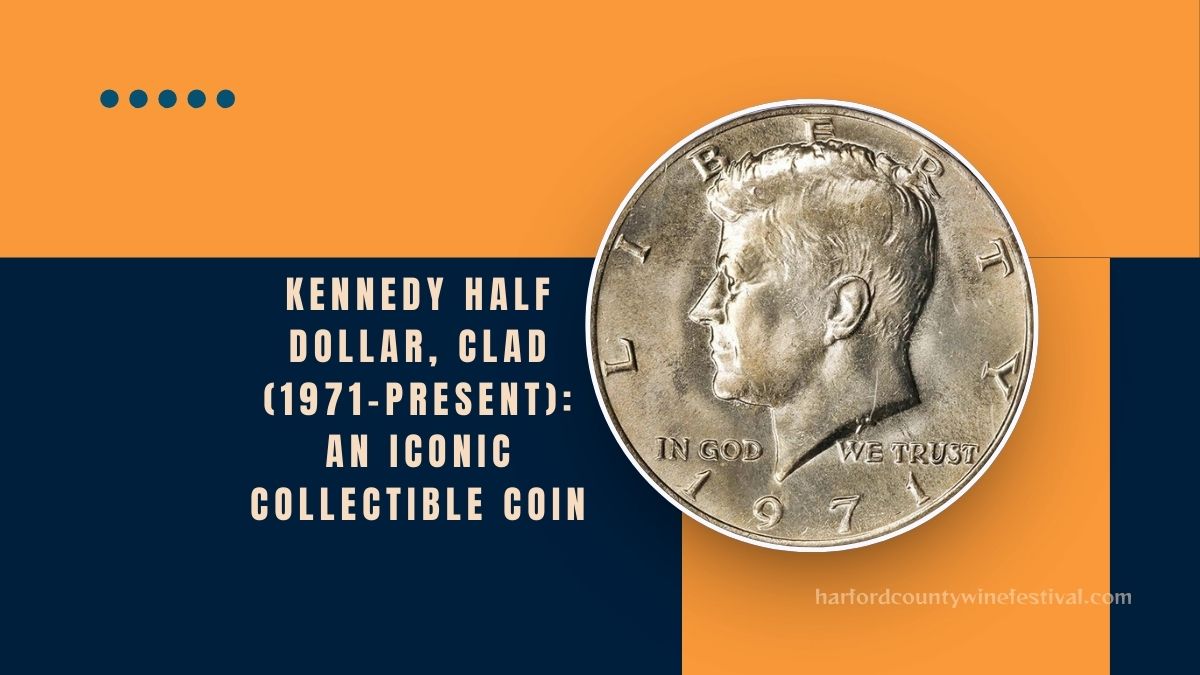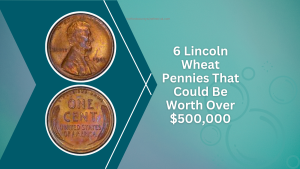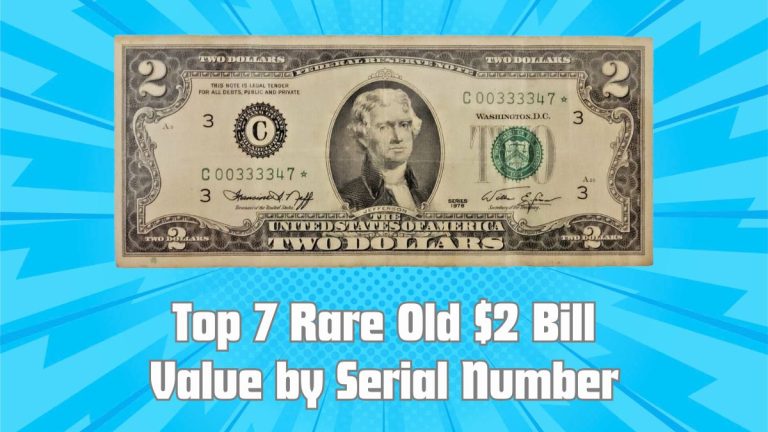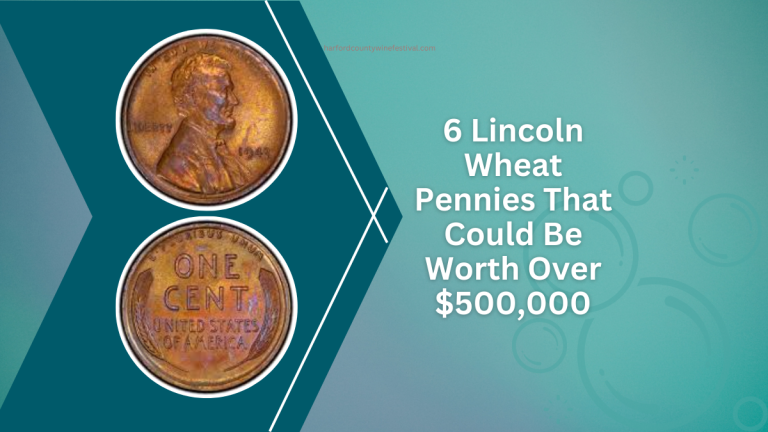The Kennedy Half Dollar, a U.S. coin with rich historical significance and enduring popularity, transitioned to a clad composition in 1971.
While initially introduced in 1964 as a tribute to President John F. Kennedy, the shift to a copper-nickel alloy marked a new chapter in the coin’s legacy.
Here’s an in-depth look at the Kennedy Half Dollar, its design, production, and value in the modern numismatic world.
Historical Background of the Kennedy Half Dollar
This coin was first minted in 1964, shortly after President John F. Kennedy’s assassination. Initially struck in 90% silver, its design symbolized national mourning and respect for the fallen leader.
By 1971, the coin transitioned to a clad composition of copper and nickel, making it more suitable for circulation amidst rising silver costs.
The Kennedy Half Dollar features:
- Obverse: A left-facing portrait of President Kennedy, designed by Gilroy Roberts.
- Reverse: A heraldic eagle based on the Presidential Seal, designed by Frank Gasparro.
Transition to Clad Composition (1971)
The Coinage Act of 1965 paved the way for the removal of silver from circulating coins. By 1971, this coin adopted a clad composition, with an outer layer of 75% copper and 25% nickel bonded to a pure copper core.
This change made the coin more durable and affordable for everyday transactions.
Minting and Rarity
The coin was struck at three mints: Philadelphia (no mintmark), Denver (“D”), and San Francisco (“S”).
While millions of these coins were produced annually, certain years and variations have become highly sought-after by collectors.
| Year | Mint | Mintage | Notes |
|---|---|---|---|
| 1971-D | Denver | 302,097,424 | Highest circulation mintage for clad Kennedy Half Dollars. |
| 1976-S | San Francisco | 4,000,000+ | Bicentennial issues with unique reverse design. |
| 1987-P/D | Philadelphia/Denver | 2,890,758 each | Not released for general circulation. |
| 1998-S | San Francisco | 63,000 | Matte finish for special collector sets. |
Bicentennial Kennedy Half Dollar (1975-1976)
One of the most notable variations is the Bicentennial Kennedy Half Dollar, minted to celebrate the U.S. Bicentennial. It featured:
- A dual date 1776-1976 on the obverse.
- A unique reverse design showcasing Independence Hall, created by Seth Huntington.
These coins were minted in both standard clad and 40% silver compositions, with the latter available in collector sets.
Collecting Kennedy Half Dollars
While this coin is still minted today, most coins are produced for collectors rather than general circulation.
Banks rarely order them, and many of the older coins remain in private collections or are available through numismatic dealers.
Tips for Collectors:
- Focus on Key Dates: Coins from low-mintage years (e.g., 1987-P/D) or with unique finishes (e.g., 1998-S matte) hold greater value.
- Preservation Matters: Coins in mint state (MS) or proof condition are more desirable.
- Consider Bicentennial Issues: These coins, with their distinctive design, are a favorite among collectors.
Value of Kennedy Half Dollars
The value of Kennedy Half Dollars varies based on their condition, mint mark, and rarity. While most clad coins hold only nominal premiums, certain key dates and varieties are worth significantly more.
| Type | Estimated Value (2025) |
|---|---|
| Circulation Strike (Common) | $1-$3 |
| Bicentennial Half Dollar | $2-$10 |
| Key Dates (e.g., 1987-P/D) | $10-$30 |
| Proof Coins (1971-Present) | $5-$15 |
| Special Issues (e.g., 1998-S) | $50-$150 |
The Kennedy Half Dollar (1971-Present) represents a blend of historical significance, artistic design, and modern innovation.
Its transition from silver to clad marked a turning point in U.S. coinage, yet it remains a cherished collectible among numismatists.
Whether you’re a seasoned collector or a beginner, the Kennedy Half Dollar offers an accessible and fascinating journey into the world of coins. Keep an eye out for key dates, unique designs, and mint condition examples to enhance your collection!
FAQs
Are Kennedy Half Dollars still made for circulation?
Yes, but primarily for collectors. Most modern Kennedy Half Dollars are sold in mint sets or rolls rather than circulated in the economy.
What makes the Bicentennial Kennedy Half Dollar unique?
Its dual date (1776-1976) and Independence Hall reverse design commemorate the U.S. Bicentennial, making it a popular collectible.
Are clad Kennedy Half Dollars worth collecting?
Absolutely! While most have minimal intrinsic value, certain dates, conditions, and varieties can be valuable and historically significant.







